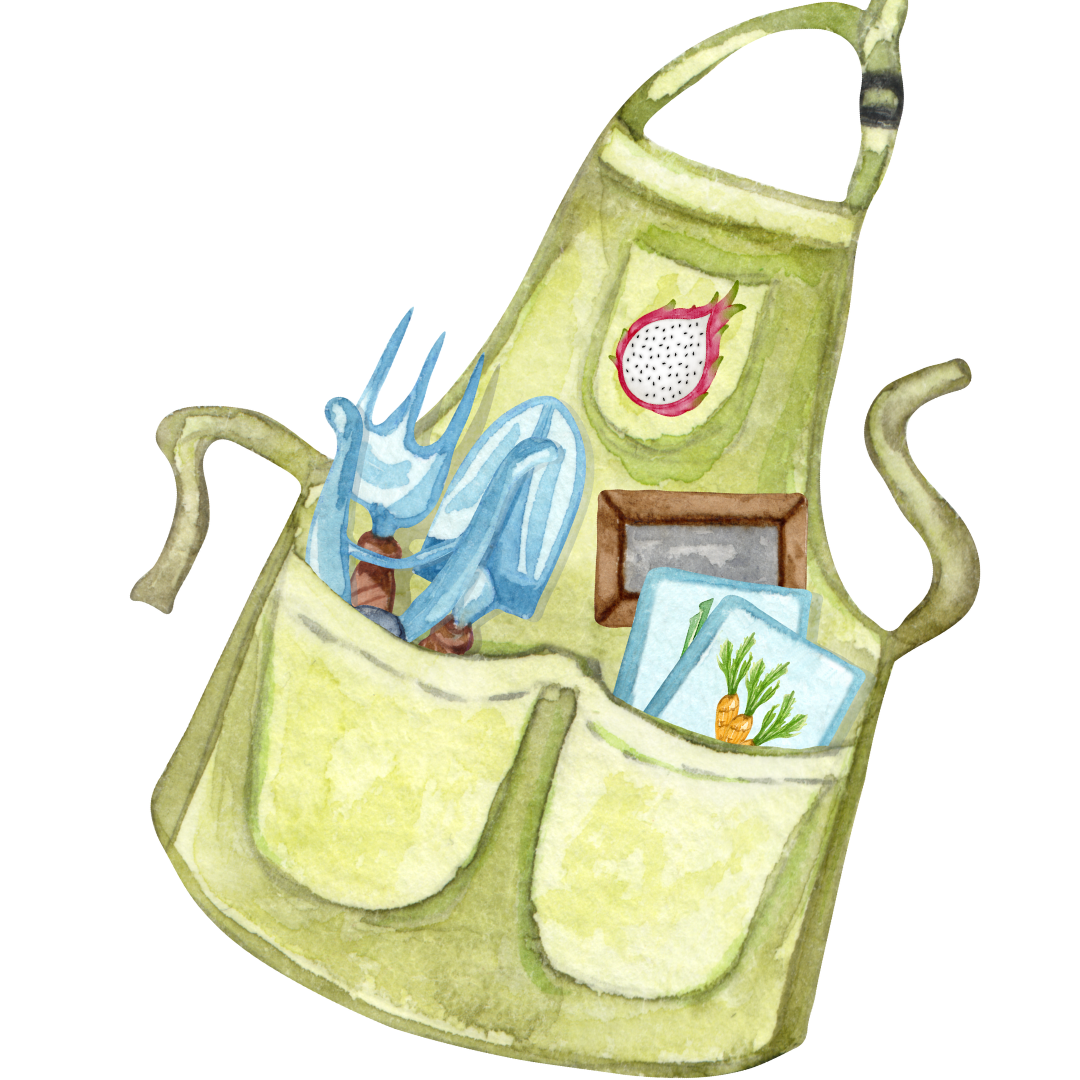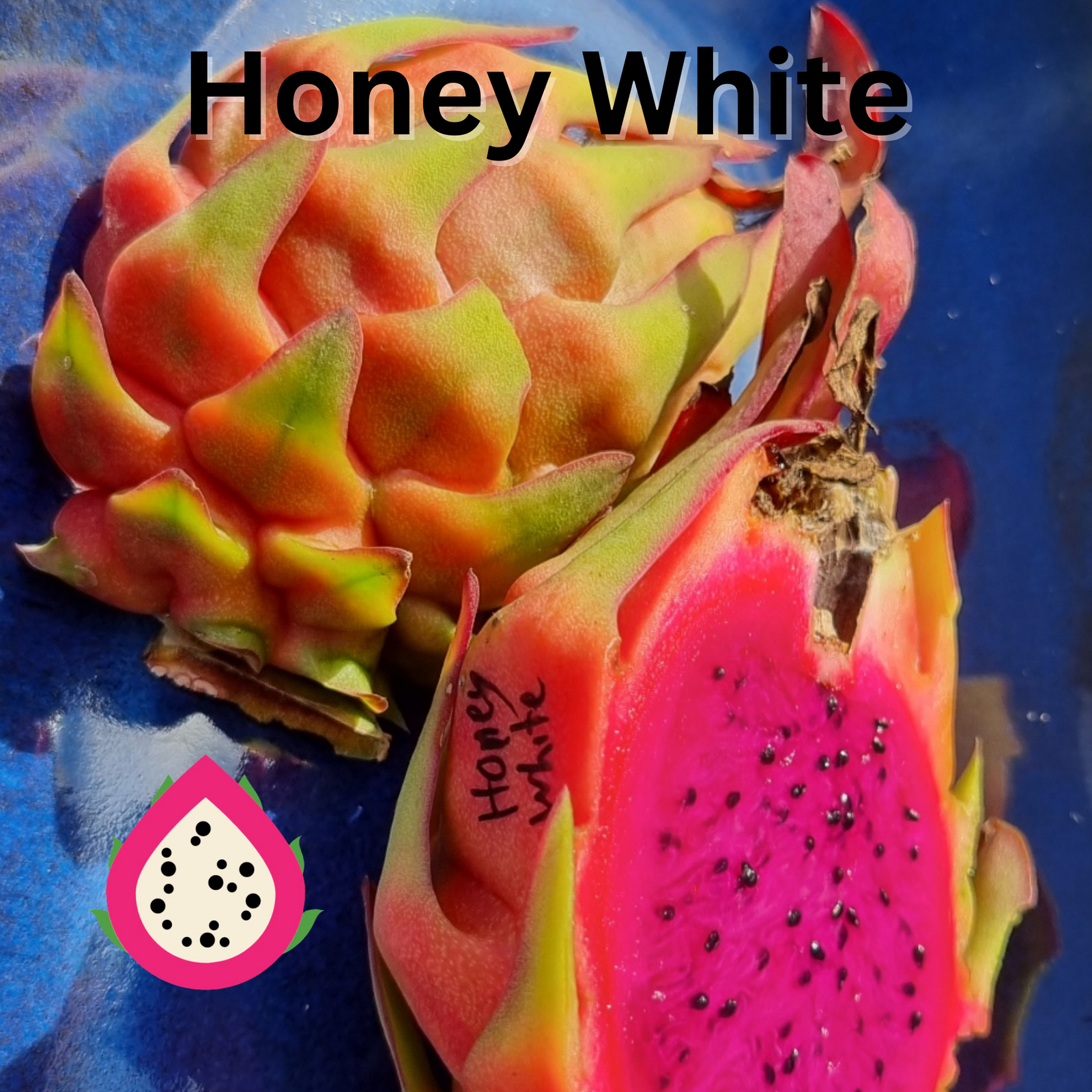If you’ve ever grown dragon fruit, you’ll know the excitement of seeing those huge, mysterious buds swell and prepare to open. Dragon fruit (pitaya) flowers are some of the most spectacular blooms in the plant world — but they also have a secret: their entire pollination window happens at night.
Understanding how dragon fruit flowers are pollinated can make the difference between a disappointing season and a bumper crop of beautiful, full-sized fruit. Whether you’re a backyard grower or a commercial producer, mastering pollination is one of the biggest steps you can take toward better yields.
Let’s explore why.
🌙 Dragon Fruit: The Night Bloomers
Dragon fruit flowers only open for a single night. By sunrise, they’re already closing, leaving a small window for nature to work its magic.
Because the blooms are nocturnal, daytime insects like bees aren’t the stars of this show. Instead, the real workers are:
-
Nectar-feeding bats
-
Nocturnal moths
-
Night-active insects
These creatures play a crucial role in transferring pollen from the anthers to the stigma, allowing fruit to form.
But in many regions — including Australia — these pollinators are declining. And when heavy rain hits, the problem gets worse.
🌧️ When Weather Gets in the Way
Rain is one of the biggest enemies of dragon fruit pollination. It doesn’t just stop pollinators from flying; it physically washes pollen off the flowers.
This is why many growers notice:
-
Higher flower drop during rainy seasons
-
Smaller, misshapen, or underdeveloped fruit
-
Entire flushes of flowers that don’t set fruit
Even in places where dragon fruit thrives in the wild, growers are finding that the loss of nocturnal pollinators like bats and moths has contributed to significant drops in fruit set.
✋ Why Manual Pollination Makes Such a Difference
Although some dragon fruit varieties are self-fertile, many are not. And even so-called “self-pollinating” varieties often produce bigger, sweeter, more consistent fruit when they receive cross-pollination.
For this reason, growers around the world — hobbyists and commercial farms alike — rely on hand pollination.
How to Hand-Pollinate (the simple way):
-
Use a soft brush or cotton swab to collect pollen from the anthers of a freshly opened flower.
-
Dab the pollen onto the sticky stigma of the same flower (self-pollination) or a different variety (cross-pollination).
-
Do this during the cooler hours — ideally early evening or early morning.
The Pollination Window
The flower is receptive for roughly 16 hours, which includes:
-
4 hours before anthesis (before the flower fully opens)
-
12 hours after it opens
This gives growers a workable timeframe — especially helpful when you have dozens of flowers open on the same night.
🌱 The Yield Gap: Why Some Regions Struggle
Dragon fruit is incredibly productive when grown under the right conditions. In places like Vietnam and parts of Southeast Asia, yields can reach 20–35 tonnes per hectare each year.
But in newer growing regions, such as India and Australia, yields are often much lower — sometimes as little as 8–10 tonnes per hectare.
Why?
Much of the gap comes down to pollination and seasonal management.
Poor pollination results in:
-
Lower fruit set
-
Smaller fruit
-
Lower commercial value
-
Higher inconsistency across seasons
Growers who introduce manual pollination, along with variety-specific strategies, typically see dramatic improvements in yield and quality.
🍈 The Power of Good Pollination
Research across multiple fruit crops — strawberries, kiwifruit, and dragon fruit — shows that supplementary pollination increases:
-
Fruit size
-
Fruit weight
-
Sweetness (Brix)
-
Shape and colour development
-
Seed number and crunch
-
Marketable yield
In dragon fruit specifically, proper pollination is one of the single biggest factors affecting crop success.
When a dragon fruit flower is successfully pollinated, the base begins to swell, turning into the fruit we all love. Without good pollination? The flower simply falls off within a few days.
🐉 Pollination Is the Heart of Dragon Fruit Growing
Dragon fruit plants can live for decades and produce consistently for 20–30 years. But without the right pollination — whether natural or manual — even the healthiest plants may fail to deliver a strong harvest.
If you're growing dragon fruit and struggling with fruit set, size, or quality, reassessing your pollination strategy is one of the most impactful changes you can make.
Whether it’s understanding the timing of anthesis, protecting flowers from rain, or mastering hand-pollination techniques, pollination truly is the hidden key to dragon fruit success.
✅ DRAGON FRUIT POLLEN VIABILITY (ACCURATE + RELIABLE)
1️⃣ Fresh Pollen (Room Temperature)
Viable for: 4–12 hours (best quality within 4–6 hrs)
-
Fresh pollen starts losing power as soon as it dries.
-
Best results are immediately after collection, up to 6 hours.
-
Can still work up to 12 hours, but fruit set and seed count drop sharply.
✔ Best for same-night pollination
✔ Keep out of humidity
✘ Rain will destroy viability instantly
2️⃣ Refrigerated Pollen (2–5°C)
Viable for: 3–5 days (best within 24–48 hours)
Correct refrigeration dramatically slows deterioration.
-
Store in an airtight container (NO moisture).
-
Use tissue or silica gel to absorb humidity.
-
After 48 hours, germination rate slowly declines.
-
Still usable up to 5 days, but less reliable.
✔ Safe short-term storage
✔ Ideal for multi-night flowering flushes
✘ Do NOT open the container repeatedly — condensation kills pollen
3️⃣ Frozen Pollen (–18°C or colder)
Viable for: 6 months to 1 year
(Best quality: first 3–6 months)
This is the method used by commercial breeders and research facilities.
-
Must be completely dry before freezing.
-
Store in airtight, moisture-proof containers.
-
Avoid thaw–freeze cycles (destroys viability).
-
When thawing, only open when fully at room temperature to prevent condensation.
✔ Long-term storage
✔ Allows pollination out of season
✔ Enables controlled breeding programs
✘ If moisture enters — pollen dies
Note: Studies show frozen pollen can germinate after 12 months, but success rates decline significantly after 9–12 months.
⭐ Golden Rule of Pollen Storage
Moisture kills pollen faster than time, temperature, or handling.
If it stays dry, it stays viable
Summary Table
| Storage Method | Real Viability | Best Quality | Notes |
|---|---|---|---|
| Fresh | 4–12 hrs | 0–6 hrs | Rain kills pollen instantly |
| Fridge (2–5°C) | 3–5 days | 1–2 days | Keep airtight & dry |
| Freezer (–18°C) | 6–12 months | 3–6 months | Must be bone-dry; no refreeze |







